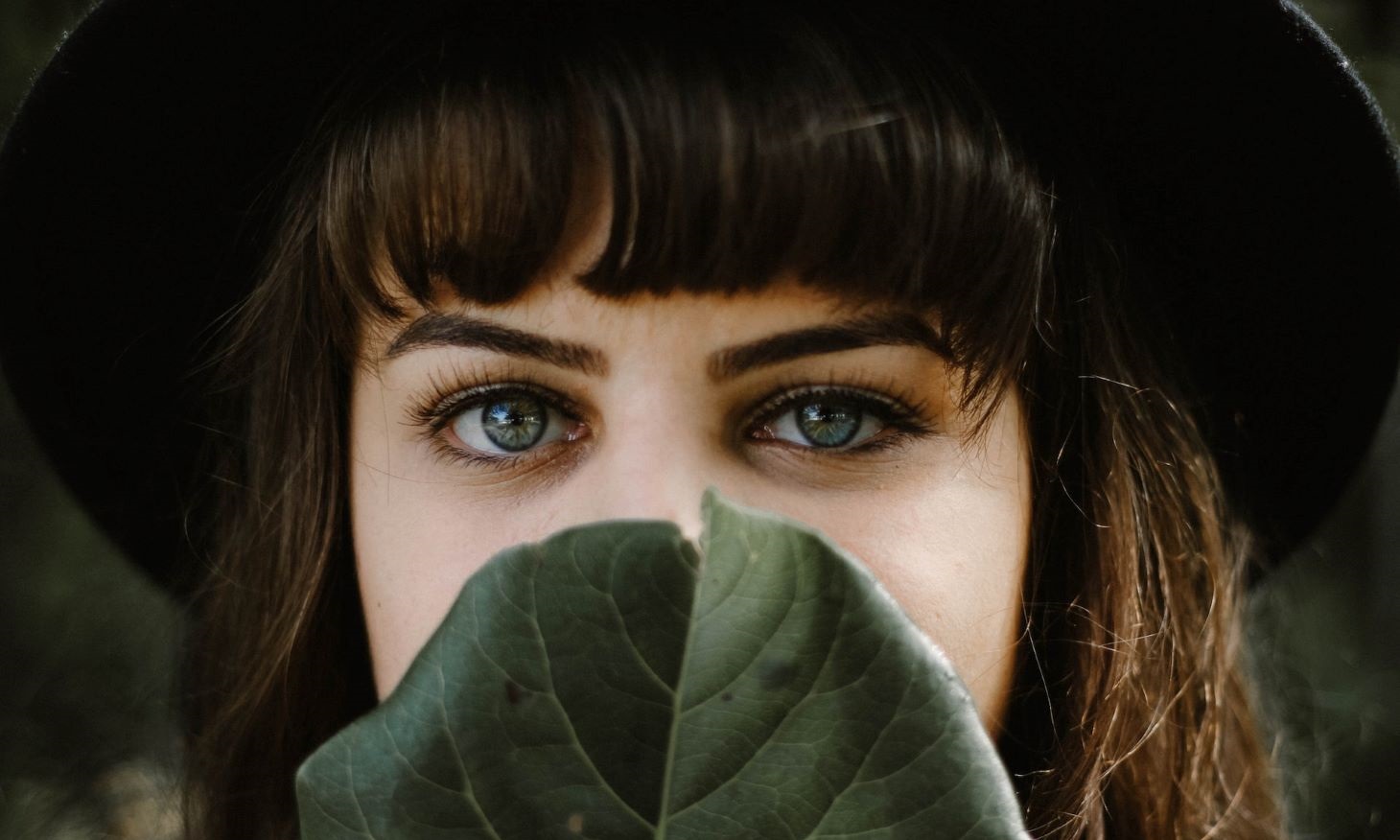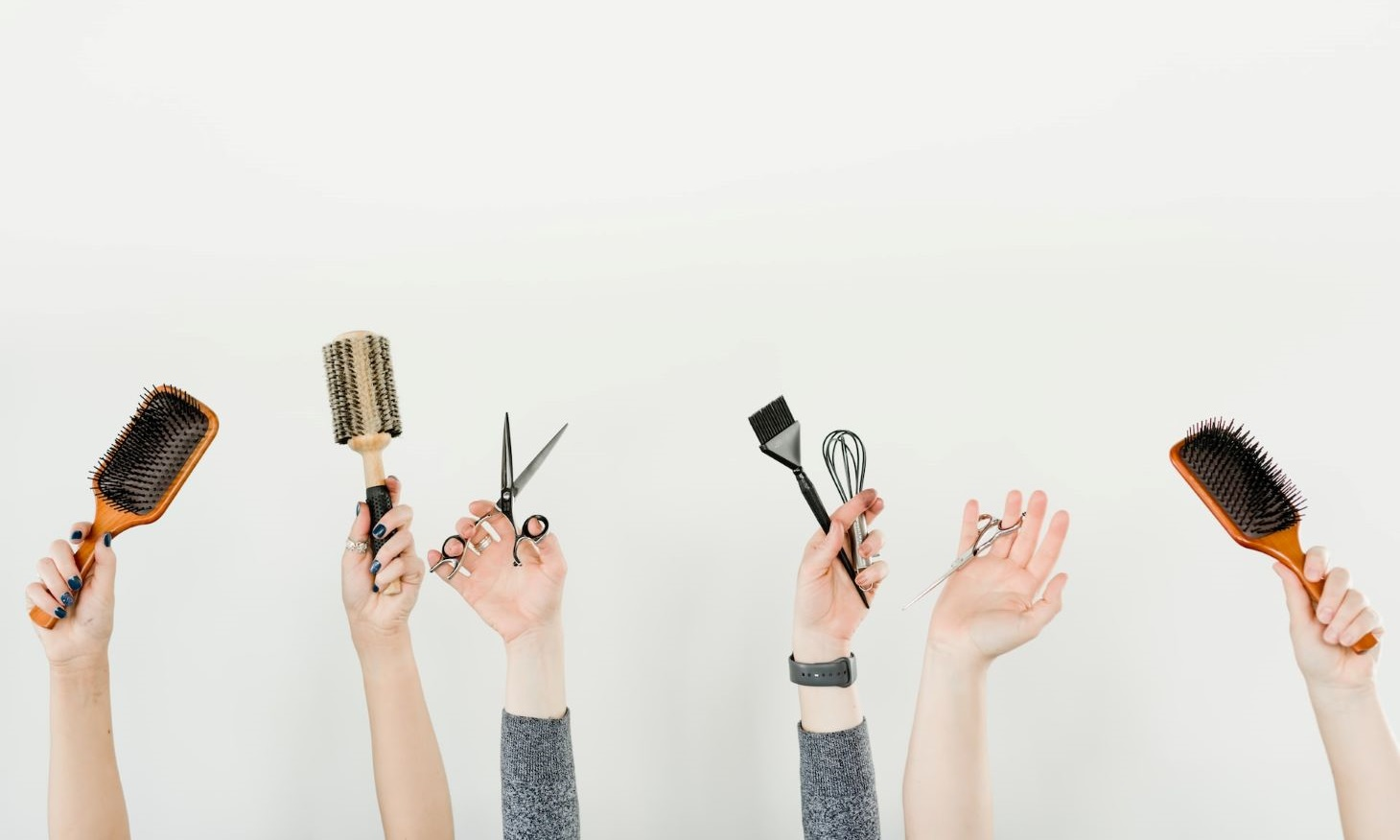Can You Have a Fringe In a Passport Photo? UK Guide

When preparing for your new day and creating an image to fit it, you need to bear quite a lot of specific details in mind. Like, when it comes to your hairstyle, the fringe (or bangs, as it’s put in the US) may become the factor defining your awesomeness.
But is it always appropriate? Despite the fact that we’re all used to it, it can seem out of place in some contexts – for instance, when you’re about to take a new British passport photo. Let’s find out when a fringe is acceptable and when it’s better to do something about it.
Table Of Contents:
Are There Any Passport Photo Fringe Rules?

As comprehensive as they are, the official British requirements and guidelines for passport photos do not give us any specific insights as to whether fringes are acceptable in your picture or not. What they do tell us, however, is that:
- Your hair must not be in front of your eyes
-
Your face must not be covered by anything
-
Your face cannot have shadows on it
As it may seem at the first glance, these passport photo rules are not related to fringes, but they actually do provide you with all the information you need to decide what look you will choose for your new UK passport photo. Let’s try and break it down in order to eliminate any last-minute doubts.
So, Can You Have Fringe In Your Passport Photo?
Of course, you can have it, the rules issued by His Majesty’s Passport Office are not that strict! Although you need to use your good sense when deciding how you will look during your passport photo shoot.
Let’s examine the three requirements we singled out before.

Your hair must not be in front of your eyes. This rule, although not explicitly, says that if your fringe is so long that it covers your eyes, that’s a no-go. It’s also very important to note that your eyebrows must be completely visible on camera, too (as you will know, a person’s appearance can change dramatically if you can’t see them). So make sure that in the photograph both your eyes and eyebrows are not obscured or hidden behind some part of your hairdo – otherwise, your passport application is likely to get instant rejection.
Remember: it can hide only your forehead!
Your face must not be covered by anything. This, in a way, is a logical extension of the previous point, but there is more to it. What we mean is that if you have a long fringe and it doesn’t cover your eyes, it doesn’t necessarily mean that it doesn’t cover any other part of your face. Arrange your hair in such a way that all your facial features are visible and that nothing obscures them. Otherwise, the biometric software used by the passport office may have a hard time scanning your photo.
As for your ears, it’s okay if they’re covered in your passport picture.
Your face cannot have shadows on it. So, you’ve got your fringe out of the camera’s way and each facial feature of yours is easily scannable. Still, there’s one last thing to check. The point is, even if you put everything away, there might still be some strands of hair on the sides of your head. These can ruin your photo (in terms of compliance, of course) by casting a shadow on you. It’s strictly forbidden, and the camera flash won’t help here. In order to avoid getting a shadowy passport picture, pick one of the hairstyles that won’t leave a single loose strand (like a ponytail, for example).
What To Do With Fringe In Passport Photo?
First of all, let’s make it perfectly clear: you can relax if it’s short and doesn’t reach your eyebrows (and, accordingly, your eyes). If this is the case, your hairdo (and your passport photos) should be fine, and you don’t have to worry that your passport application might be rejected on the basis of having a wrong hairstyle. In other words, you’re ready to submit your photograph!

On the other hand, if your full fringe dangles all the way past your eyes, you have to do something about it before taking your photo. If it doesn’t ruin your carefully arranged image, you can comb your hair back or to the side depending on what works best for you. Remember to tuck in and hide any loose strands, too: you can tie your hair into a ponytail, a neat bun or another compact hairstyle acceptable in passport photos.
If the fringe is too long for combing and it keeps falling back, you can try using hair clips (unfortunately, you can’t wear elastic bands or a hair covering). As the official guidelines forbid having any accessories in your passport photo, we recommend using compact and transparent (in other words, barely visible) hair clips to hold disobedient fringes firmly in place.
Once you’ve figured the whole thing out, it’s time to take your passport photo, and we can help you with that! Visit the passport photo requirements page to take your own photo and check it against the official regulations for free!